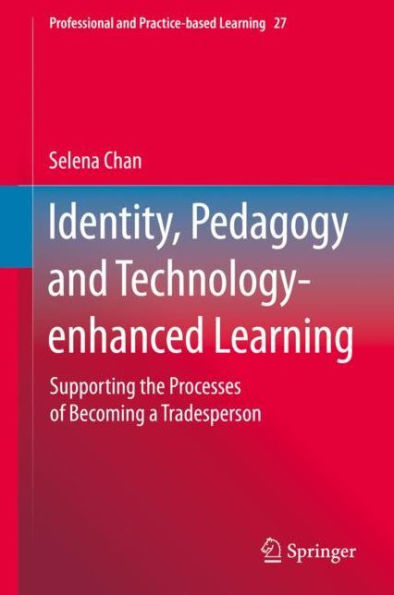5
1
9789811521287



Identity, Pedagogy and Technology-enhanced Learning: Supporting the Processes of Becoming a Tradesperson available in Hardcover, eBook

Identity, Pedagogy and Technology-enhanced Learning: Supporting the Processes of Becoming a Tradesperson
- ISBN-10:
- 981152128X
- ISBN-13:
- 9789811521287
- Pub. Date:
- 02/25/2020
- Publisher:
- Springer Nature Singapore
- ISBN-10:
- 981152128X
- ISBN-13:
- 9789811521287
- Pub. Date:
- 02/25/2020
- Publisher:
- Springer Nature Singapore

Identity, Pedagogy and Technology-enhanced Learning: Supporting the Processes of Becoming a Tradesperson
$109.99
Current price is , Original price is $109.99. You
109.99
In Stock

Product Details
| ISBN-13: | 9789811521287 |
|---|---|
| Publisher: | Springer Nature Singapore |
| Publication date: | 02/25/2020 |
| Series: | Professional and Practice-based Learning , #27 |
| Edition description: | 1st ed. 2020 |
| Pages: | 201 |
| Product dimensions: | 6.10(w) x 9.25(h) x (d) |
About the Author
From the B&N Reads Blog
